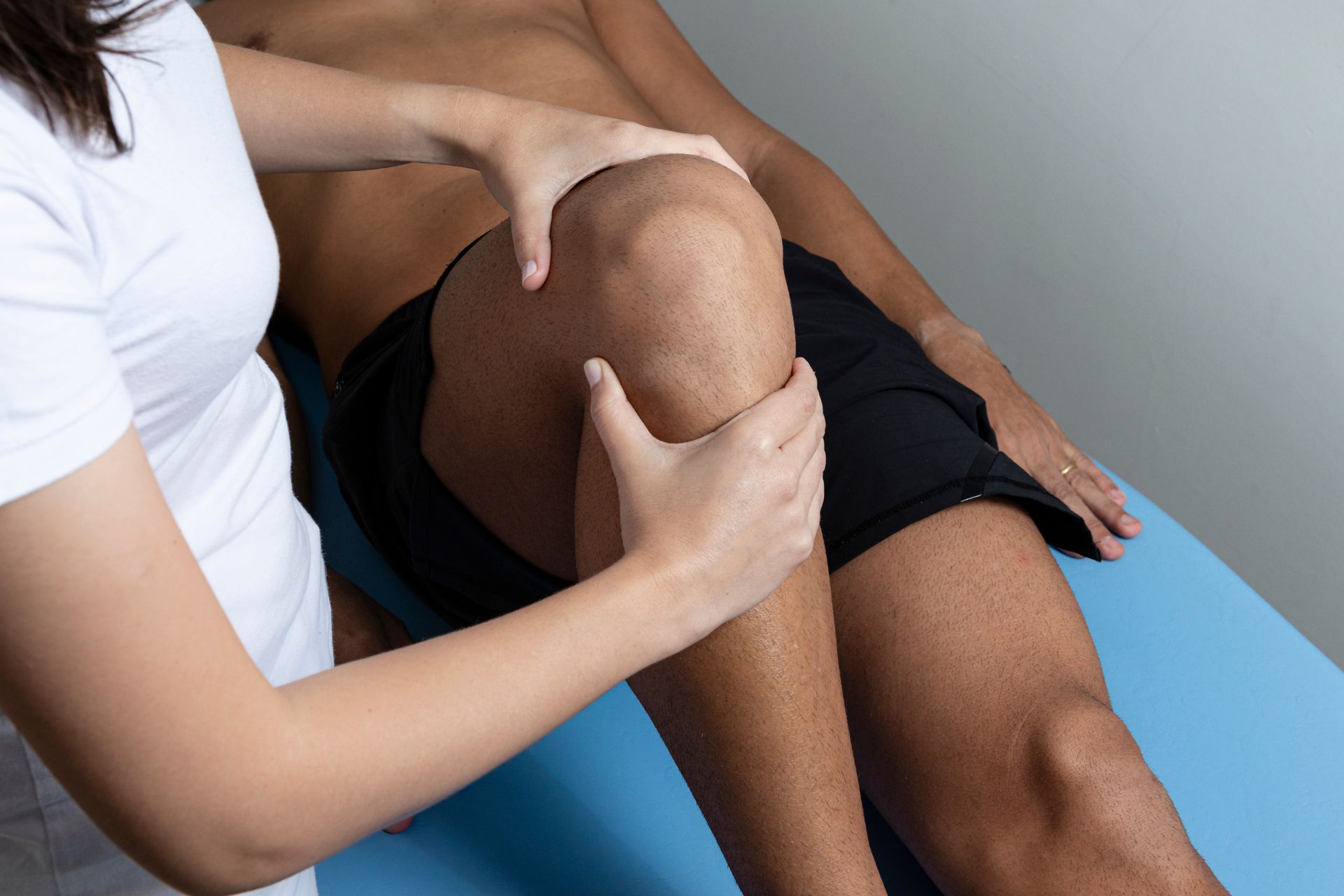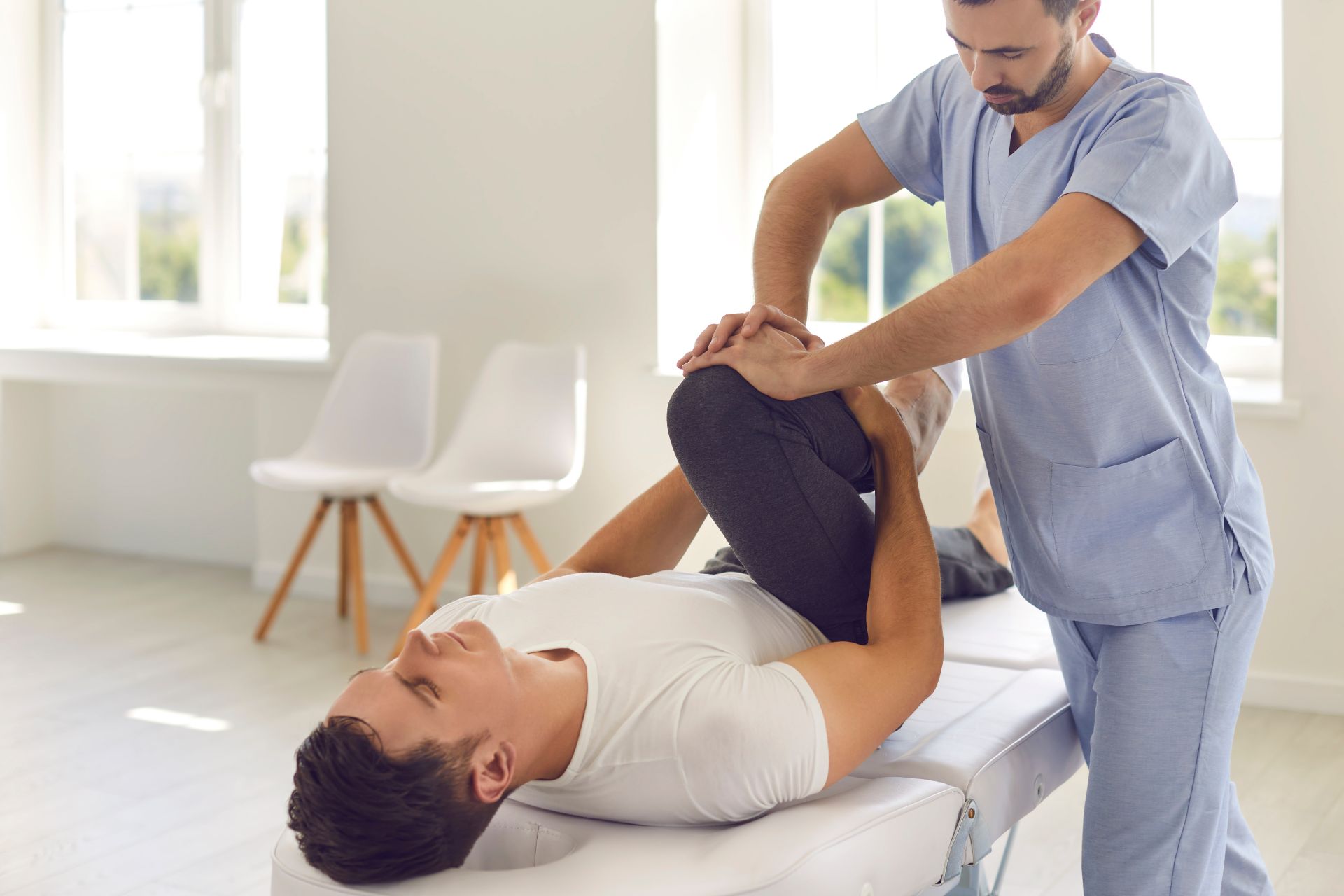Frequently Asked Questions
Muscle imbalances significantly complicate the recovery process in physical therapy for sports injuries by altering biomechanics, which can lead to compensatory movement patterns and increased strain on surrounding tissues. When certain muscle groups are disproportionately strong or weak, it disrupts functional symmetry and proper joint alignment, potentially exacerbating existing injuries or leading to new ones. This asymmetry may hinder proprioception and neuromuscular control, making rehabilitation protocols less effective as patients struggle with stabilization exercises and strength training regimens tailored for balanced muscular development. Consequently, therapeutic interventions must address these imbalances through targeted strengthening of underactive muscles while simultaneously stretching overactive ones to restore optimal range of motion and improve kinetic chain efficiency. Failure to correct muscle imbalances during rehabilitation not only prolongs recovery but also increases the risk of re-injury upon return to sport-specific activities due to insufficient support from a well-coordinated musculature system.
Proprioceptive exercises play a crucial role in enhancing joint stability during rehabilitation by improving the body's ability to sense its position and movement, thereby facilitating better neuromuscular control. These exercises engage proprioceptors located in muscles, tendons, and joints, which are essential for maintaining balance and coordination. By integrating activities that involve dynamic movements on unstable surfaces or through complex patterns of motion, individuals can enhance their kinesthetic awareness and reduce the risk of re-injury. Furthermore, proprioceptive training promotes muscle activation around affected joints while fostering adaptive motor strategies that contribute to overall functional recovery. The incorporation of such targeted interventions not only aids in restoring strength but also improves postural alignment and joint integrity during the healing process.
Gait analysis serves as a critical tool in tailoring individualized physical therapy programs for post-surgical knee patients by providing comprehensive insights into biomechanical deficiencies, motion patterns, and joint dynamics. By employing advanced methodologies such as 3D motion capture and force plate assessments, clinicians can quantify parameters like stride length, cadence, ground reaction forces, and kinematic variables that reveal compensatory mechanisms developed during ambulation following surgery. This data enables therapists to identify specific gait abnormalities—such as altered weight distribution or asymmetrical limb loading—that may impede recovery or exacerbate pain. Consequently, the information gathered from gait analysis informs targeted interventions including strength training of key muscle groups (quadriceps and hamstrings), flexibility exercises aimed at enhancing range of motion around the knee joint, neuromuscular re-education techniques to restore proper movement patterns, and functional task-specific drills designed to improve overall mobility. Through this personalized approach grounded in empirical evidence derived from detailed gait assessment metrics, rehabilitation outcomes can be optimized while minimizing the risk of re-injury or chronic dysfunction in post-surgical knee patients.
Specific stretching techniques, such as static stretching, dynamic stretching, and proprioceptive neuromuscular facilitation (PNF), can significantly influence scar tissue formation after an injury by enhancing flexibility and promoting optimal collagen alignment during the healing process. Static stretching facilitates increased blood flow to the affected area, which may improve nutrient delivery and waste removal from damaged tissues, potentially mitigating excessive fibrosis. In contrast, dynamic stretching encourages active movement through full range of motion that can prevent adhesions from forming within scar tissue by maintaining elasticity in surrounding musculature. PNF stretches incorporate both passive stretch and isometric contraction phases that stimulate muscle spindles and Golgi tendon organs; this method has been shown to enhance neuromuscular control while also reducing stiffness associated with immature scars. By employing these targeted modalities post-injury or surgery, individuals may experience improved functional outcomes due to better integration of soft tissues involved in repair mechanisms—ultimately leading to a more favorable cosmetic appearance of scars less prone to contractures or irregularities in texture.
The timing of introducing strength training in rotator cuff rehabilitation significantly influences overall recovery outcomes, as early integration can enhance muscular endurance, improve scapular stabilization, and facilitate neuromuscular re-education. Research indicates that initiating resistance exercises too soon may exacerbate inflammation or lead to tendon irritation; conversely, delayed strength training might hinder functional mobility and prolong the healing timeline. Gradual progression through targeted isotonic and isometric exercises within a structured protocol allows for optimal load management while promoting collagen synthesis in the affected tendons. Furthermore, implementing periodized regimens tailored to individual pain thresholds fosters proprioceptive feedback mechanisms essential for restoring kinetic chain integrity. Therefore, careful consideration of timing not only affects tissue repair but also plays a crucial role in preventing recurrence of injuries associated with inadequate rehabilitation strategies.

